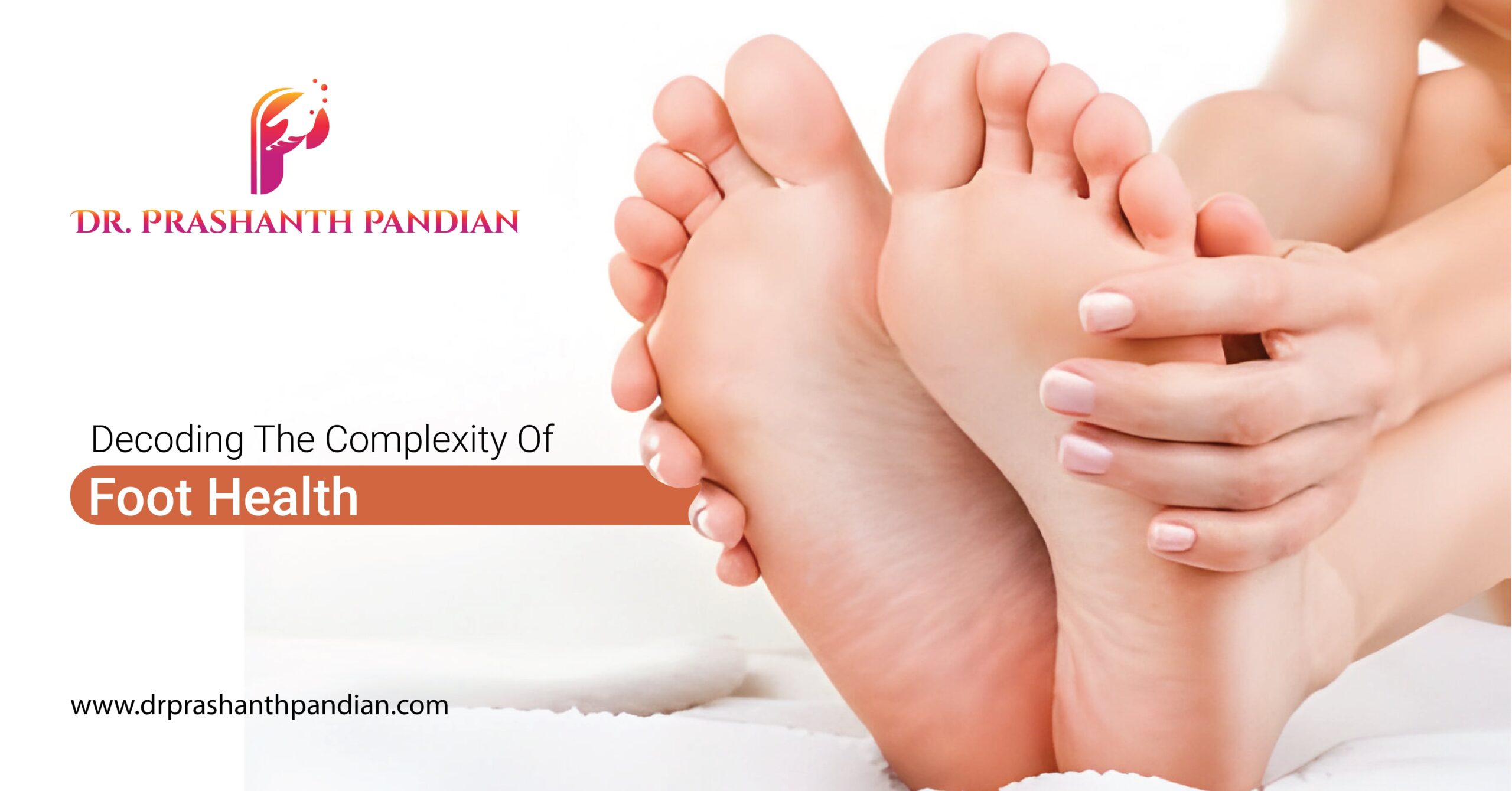The human foot is a marvel of engineering, comprising 26 bones, 33 joints, and over 100 muscles, tendons, and ligaments. Its intricate structure allows us to walk, run, jump, and perform a myriad of movements. However, this complexity also renders the foot vulnerable to various conditions and injuries.
When it comes to foot health, even minor issues can have a significant impact. A break or fracture in one area can disrupt the entire foot’s functionality, leading to pain, imbalance, and pressure on other parts of the body. Ignoring or delaying treatment for such injuries can result in more severe complications, including collapsed bones, severed ligaments, or permanent deformities.
Prompt diagnosis and treatment are crucial for addressing foot injuries effectively. In cases of breaks or fractures, treatment may involve casting or bracing to immobilize the foot and promote healing. Imaging studies provide precise insights into the extent of the injury, guiding the appropriate course of action. In more severe cases, surgery may be necessary to realign the foot and restore its structural integrity.
Swelling is a common indicator of foot problems, but its causes can vary widely. While it may signal an injury, swelling can also result from medication side effects, dietary factors, pregnancy, or even blood clots. Proper diagnosis is essential to identify the underlying cause and administer appropriate treatment.
At our orthopedic practice, we encounter a range of foot conditions, each requiring specialized care. Fungal nail infections, bunions, corns, calluses, gout, athlete’s foot, hammer toes, and plantar fasciitis are among the most common issues we address. While these conditions can be
bothersome and affect daily activities, the good news is that many of them are treatable with the right interventions.
Fungal nail infections, though stubborn, can be effectively managed with targeted treatments. Bunions, characterized by a protrusion at the base of the big toe, may require corrective measures to alleviate discomfort and prevent further deformity. Corns and calluses, often caused by friction or pressure, can be treated with appropriate footwear and foot care practices.
Gout, a form of arthritis affecting the big toe, requires lifestyle modifications and medication to manage symptoms and prevent flare-ups. Athlete’s foot, a contagious fungal infection, can be prevented with proper hygiene and footwear choices. Hammer toes, which cause pain and deformity in the toes, may necessitate splinting or surgical correction.
Plantar fasciitis, a common cause of heel pain, can be alleviated with stretching exercises, orthotic inserts, and physical therapy. With timely intervention and comprehensive treatment plans, many foot conditions can be effectively managed, allowing individuals to regain comfort and mobility.
In conclusion, prioritizing foot health is essential for overall well-being and quality of life. By understanding common foot conditions and seeking timely medical attention, individuals can address issues promptly and prevent complications. Remember, a healthy foot is the foundation for a healthy and active lifestyle.




